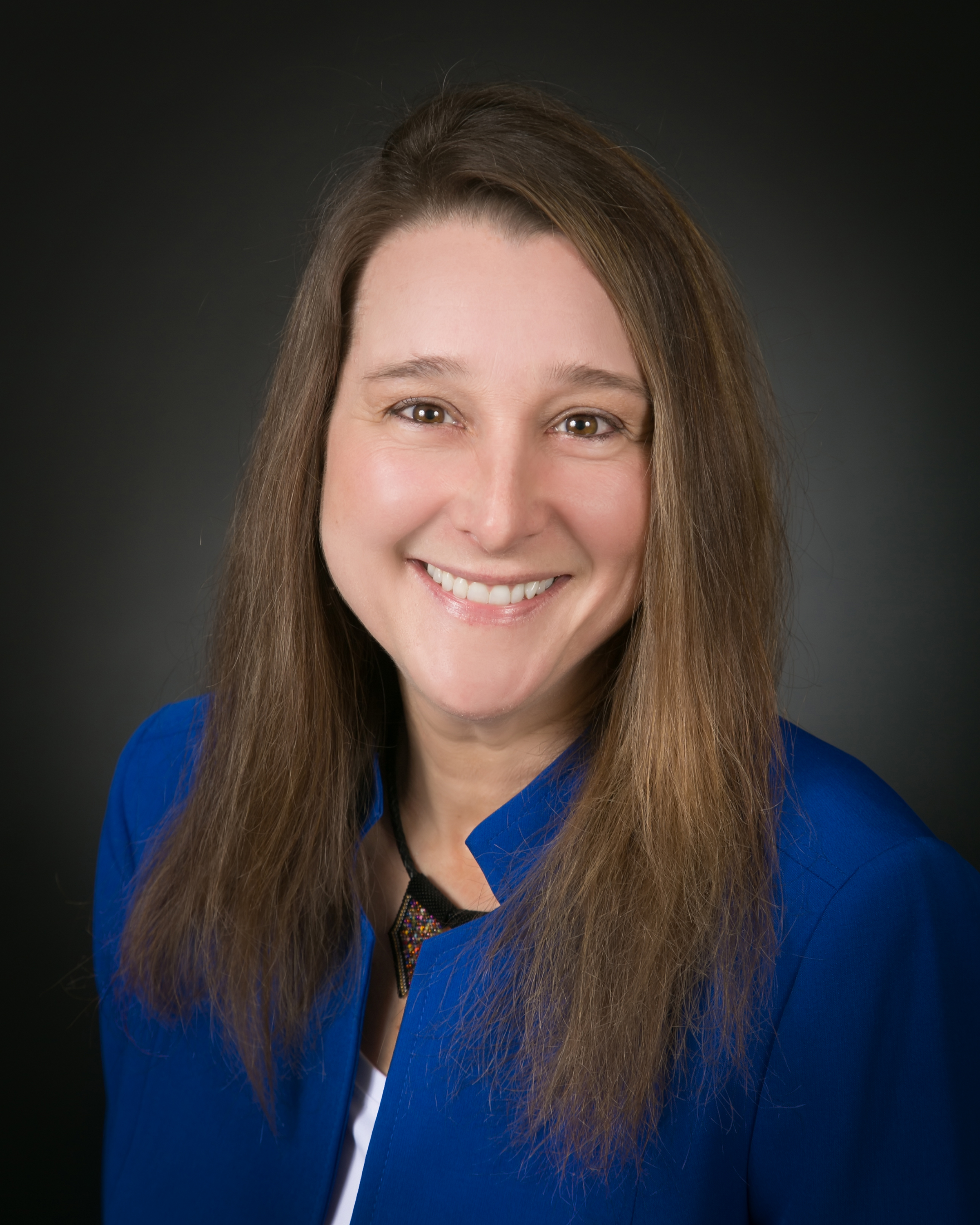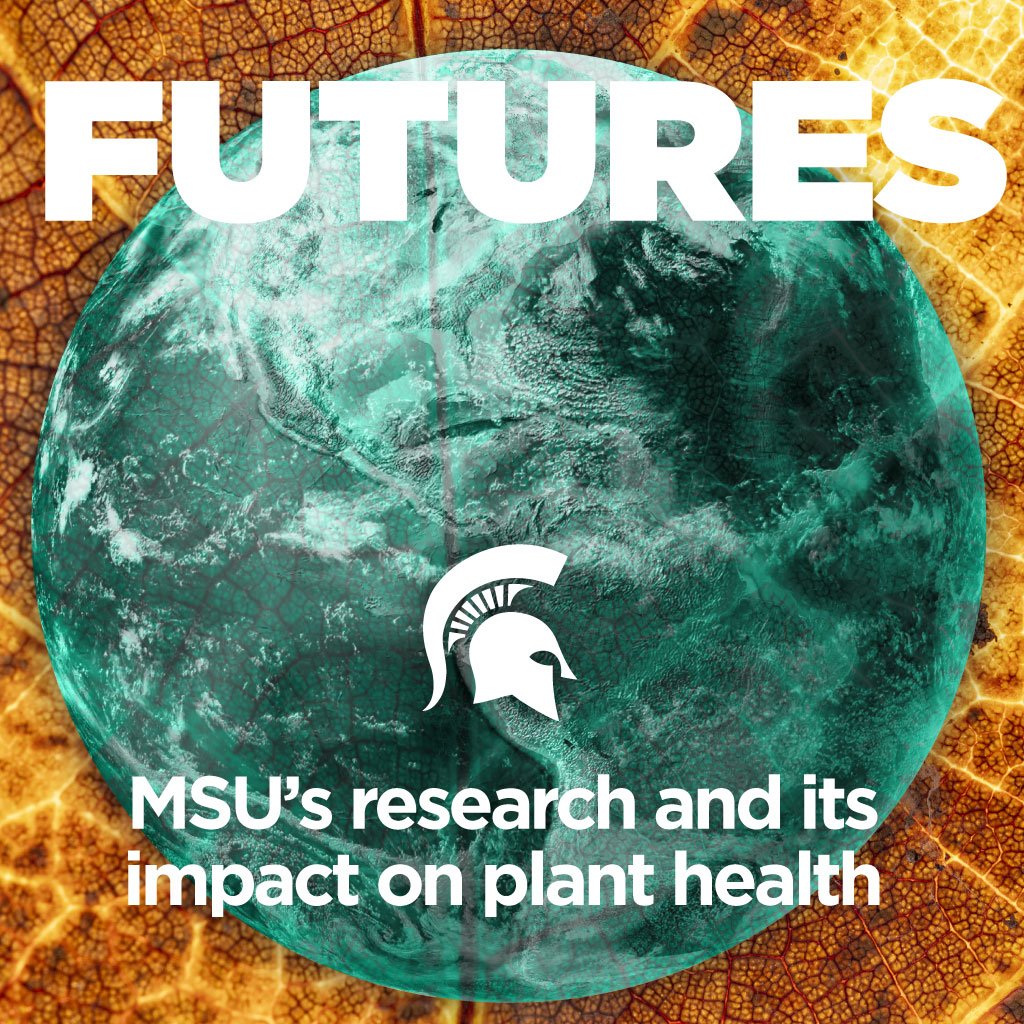Michigan State University School of Packaging to lead new NSF-funded Center for Plastic, Paper and Hybrid Packaging End-of-Life Solutions
The center will operate under the directorship of Muhammad Rabnawaz in MSU’s School of Packaging.

The United States produces approximately 40 million tons of plastic waste annually, much of it in the form of packaging materials – and current data suggests that only around five percent of plastic waste is recycled. Nearly 40 percent of plastic waste in the U.S. comes from packaging, contributing to pollution, landfill and the spread of micro- and nano-plastics.
Supported by the U.S. National Science Foundation (NSF) with an initial five-year grant, the Michigan State University School of Packaging (SoP) has launched the new Center for Plastic, Paper and Hybrid Packaging End-of-Life Solutions (C3PS) to explore novel solutions to the challenges posed by plastic and plastic-coated paper waste. C3PS will work to address the end-of-life issues associated with packaging materials through pre-competitive research that will strengthen U.S. manufacturers on the global stage.
“MSU has the world’s biggest and top-ranked school of packaging, and its unique industry partnerships set our researchers apart,” said Kevin M. Guskiewicz, president of Michigan State University. “The SoP has a reputation for sustained excellence over time, and this center will further solidify its position as the go-to place for solving the packaging industry’s most pressing problems.”
C3PS is NSF’s first Industry-University Cooperative Research Center (IUCRC) dedicated to enhancing the impact of precompetitive research in the field of packaging through collaborations among industry innovators, academic teams and government leaders. This initiative’s three primary objectives are:
- Conduct high-impact research in packaging to address the shared needs of companies of various sizes.
- Strengthen the United States' global leadership in the advancement of innovative packaging technology.
- Develop a highly skilled workforce in the manufacturing sector.

“This center is an exciting inflection point, not only for the SoP but also for the discipline of packaging,” said Laura Bix, Ph.D., interim director of the MSU School of Packaging. “Although interdisciplinary collaboration and engagement with external stakeholders has long been a strength for the SoP, the recognition and support of NSF will take these relationships and the visibility of their results to a whole new level.”
Circular Packaging Solutions
The center, a partnership between MSU (as the lead site) and Western Michigan University (as the partner site), with professors from six other U.S. universities as collaborators, will operate under the directorship of Muhammad Rabnawaz, Ph.D., an associate professor in MSU’s School of Packaging.
“C3PS seeks to advance the science and engineering of ‘cradle-to-cradle’ packaging, where plastic, paper and hybrid packaging materials are designed to integrate with their eventual disposal systems,” said Rabnawaz. “C3PS researchers envision a circular packaging economy that builds this thinking into the manufacturing process so that packaging materials aren’t discarded – they’re reused, recycled or biodegraded.”
The center’s work will focus in two main areas:
- Plastic: research will focus on developing safe, zero-waste plastic packaging solutions by designing recyclable and biodegradable plastics. This development will function alongside improvements to existing recycling technologies, creating cost-effective methods for reducing plastic waste.
- Paper and paper-plastic hybrids: research will focus on developing safe, recyclable and biodegradable paper and paper-plastic hybrid materials. Increasing circularity will require new recycling methods for emerging hybrid products, developing recyclable paper additives and finding ways to create consumer-ready products from recycled paper.
“By advancing new material development and disposal systems, C3PS will enable both upstream and downstream innovations that U.S. industry can scale and adapt,” said Rabnawaz.
A Multidisciplinary Approach
The C3PS mission is centered on collaboration across the packaging value chain, tapping into the expertise of 24 cross-disciplinary faculty members from eight U.S. universities. The center will connect experts in packaging, materials science, AI and predictive modeling, biodegradation, manufacturing, recycling, regulatory science and social sciences. The center collaborates with global experts as advisors to ensure that its pre-competitive research has a significant global influence.

By engaging graduate and undergraduate students from eight universities in the research process, C3PS will also develop an in-demand workforce by providing training to future packaging professionals.
“The SoP is already a hub for industry partnerships, and this center is going to be a destination for researchers and future leaders in the field,” said Matt Daum, Ph.D., interim dean of the College of Agriculture and Natural Resources. “It’s a significant milestone that required two years of effort on the part of the center leadership team: assembling a great team, securing industry funding partners and obtaining the NSF grant to initiate the center.”
Rabnawaz envisions C3PS as a national center of excellence for packaging end-of-life solutions. He and his team intend to expand the center by increasing the faculty size as well as the industry membership over the next few years, he said.
Other key contributors to these efforts include professors:



 Print
Print Email
Email





